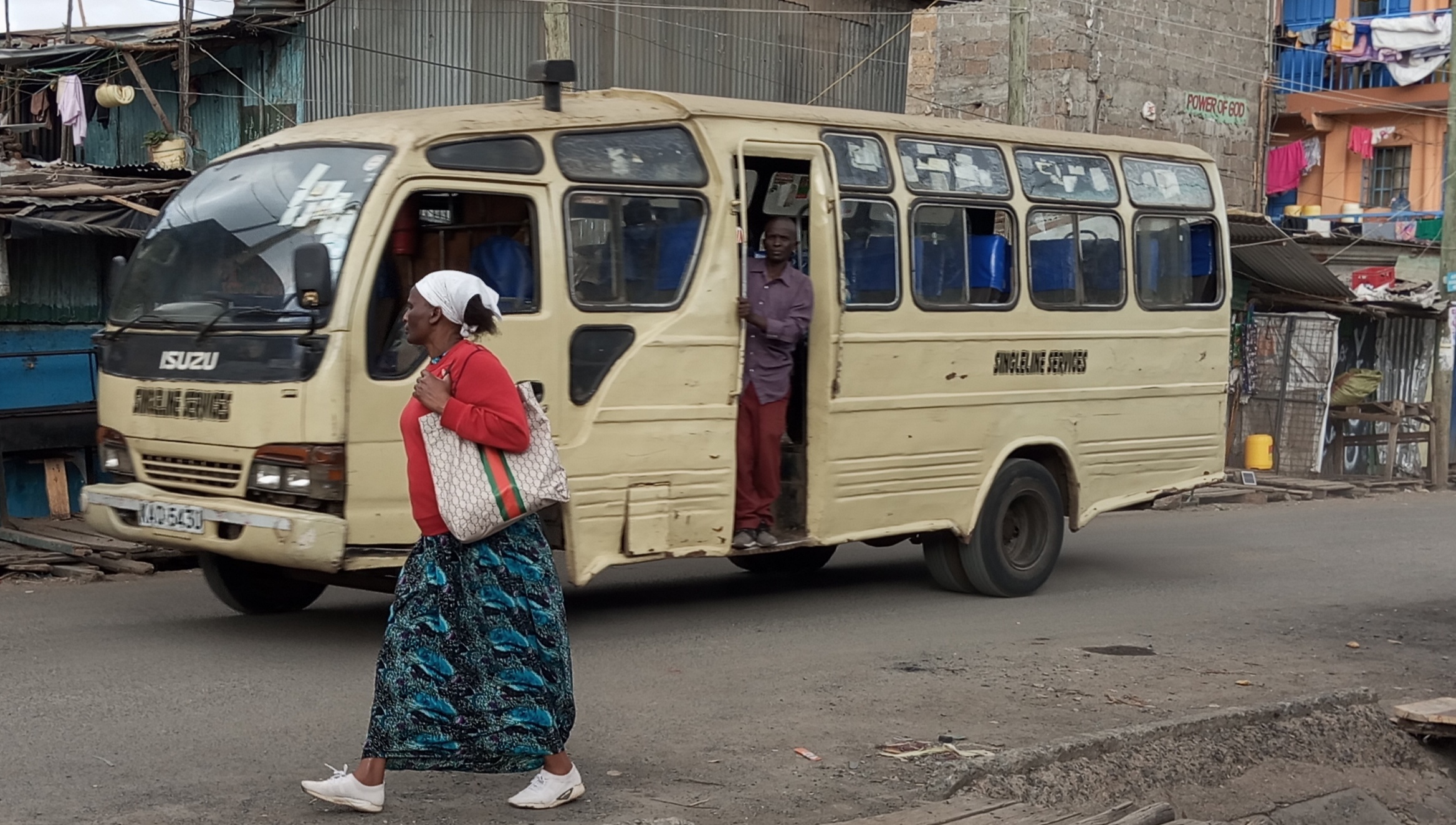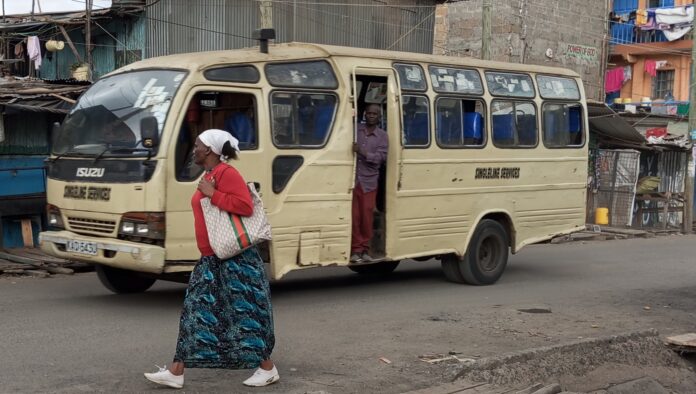|
Getting your Trinity Audio player ready...
|
By Lenah Bosibori
Nairobi, Kenya: Air pollution is one of the biggest environmental health risks of our time with 99 percent of the global population breathing air that exceeds World Health Organization (WHO) guidelines around pollutant levels.
While heavy-duty vehicle (HDV) exports represent a modest 3.6 percent of the global automotive trade’s total value, their associated CO2 emissions have surged by over 30 percent since 2000, with trucks contributing 80 percent to this increase.
A report released by UNEP on Thursday in Nairobi indicates that HDV contributes 40 percent to environmental pollution of on-road nitrogen oxide (NOx)emissions.
The report Used Heavy Duty Vehicles and the Environment – A Global Overview of Used Heavy-Duty Vehicles: Flow, Scale and Regulation report, jointly launched by the UNEP and the Climate and Clean Air Coalition (CCAC), provides a first global overview by the UN of the scale and regulation of used HDVs and their contribution to global air pollution, road accidents, fuel consumption, and climate emissions
Speaking during the launch of the report at UNEP headquarters in Gigiri, Rob de Jong Head of the Sustainable Mobility Unit UN Environment Programme said that the number of heavy-duty vehicles is rapidly increasing worldwide, they are a key issue for air quality due to the rapid increase in emissions worldwide.

“Trucks and buses contribute to economic growth just about anywhere in the world, but ambitious regulations are needed to curb their emissions causing major environmental and health impacts. Introduction of cleaner bus technologies can be a major driver for the global revolution to low and, ultimately, zero emissions transport,” said Jong.
HDVs participate substantially in environmental pollution, accounting for over 40% of on-road nitrogen oxide (NOx) emissions, over 60% of on-road particulate matter (PM 2.5), and more than 20% of black carbon emissions, as revealed in the latest report by the UN Environment Programme (UNEP) according to the report.
According to the study, HDVs are projected to considerably continue to grow with increasing economic activities and the need to move people and goods. This is based on past trends where global sales of trucks and buses doubled in 15 years (2000-2015).
Many developing countries rely on used heavy-duty vehicles (HDVs) imports to grow their fleet. While this promotes more affordable means to increase mobility needs in these countries, the report finds that regulation and enforcement on the quality of used HDVs imported are either low or non-existent. Further amplifying their impacts, especially in the case of old, polluting, and unsafe used HDVs.
To date, no country has minimum requirements for exporting used HDVs. The report finds regulations in over half of used HDV importing countries to be ‘weak’ or ‘very weak’ and enforcement to be inadequate. For example, while 25 African countries have adopted standards on used HDVs for air pollution control, climate mitigation, and improved road safety, only four have fully implemented these. Worldwide, only two countries have included used vehicles in their national climate action plans (NDCs).
The report emphasizes that it is a shared responsibility of importing and exporting countries to ensure cleaner and safer used vehicles are on the roads of developing countries. It shows the need for regional cooperation in introducing and enforcing minimum standards, such as emission standards and age limits, raising public awareness, and more research, for both environmental and road safety benefits. For example, by adopting Euro VI equivalent vehicle emission standards and cleaner fuels, as many as 700 thousand premature deaths can be avoided by 2030.
Currently, 97 percent of all newly registered trucks and 73 percent of buses in the EU run on diesel. Better regulations on used HDVs can also lead to leapfrogging and greater uptake of advanced technologies in developing countries, including electric buses and trucks.
The report represents the first effort of quantifying and qualifying used heavy-duty vehicle flows, based on export data from Japan, the European Union, and the Republic of Korea – altogether representing about 60 percent of the total new and used HDV export market – to 146 predominantly low- and middle- income countries. The report has limitations, most notably discrepancies in statistics, as well as lacking publicly available data from the USA, which does not separate exports of new and used vehicles, and China, an emerging exporter.














